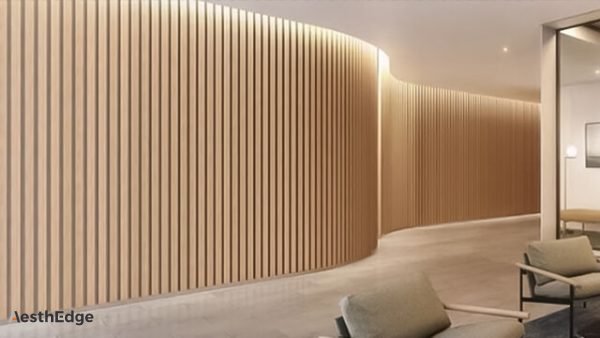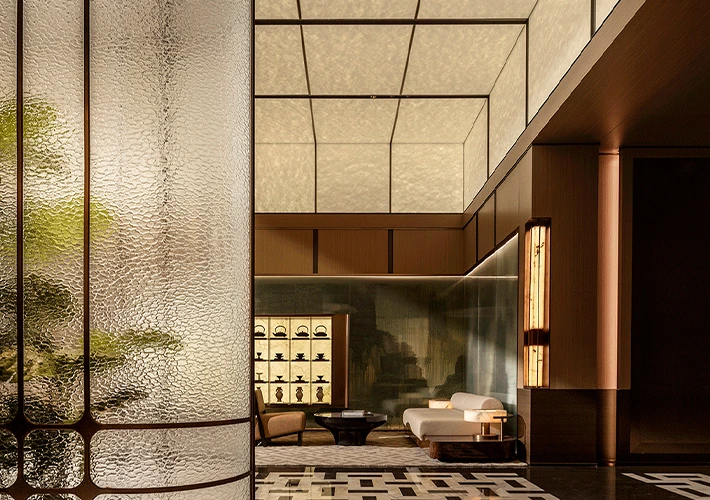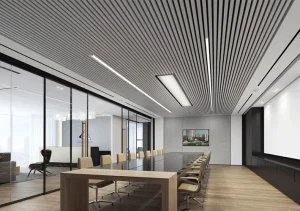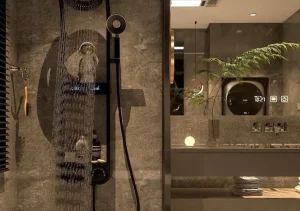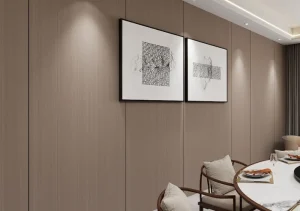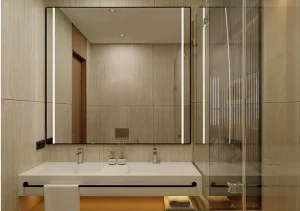Table of Contents
ToggleIntroduction
The United Kingdom, known for its rich cultural heritage and architectural diversity, showcases a wide spectrum of hotel decoration styles. From the grandeur of classic Victorian and Georgian interiors to the clean lines of contemporary design, UK hotel decoration reflects a blend of history, elegance, and modern innovation. As a hub of tourism and business, hotels in the UK continuously adapt their aesthetics to meet the expectations of both international and domestic guests. This article provides a comprehensive summary of the main hotel decoration styles in the UK, exploring their characteristics, materials, and popular trends.
Classic British Styles: Timeless Elegance
1.1 Victorian Style
Victorian design remains one of the most iconic influences in traditional British hotel decor. Characterized by intricate detailing, rich colors, and luxurious materials, this style often includes:
- Dark wood paneling (often mahogany or oak)
- Patterned wallpapers (e.g., damask, floral motifs)
- Ornate chandeliers and wall sconces
- Heavy drapes and upholstery in deep tones like burgundy, emerald green, and navy
- Decorative fireplaces with carved mantels
Hotels such as The Ritz London and The Savoy still preserve these traditional aesthetics, offering guests an immersive historical experience.
1.2 Georgian Style
Georgian design emphasizes symmetry, proportion, and understated elegance. Common features include:
- Neutral color palettes (creams, soft blues, and grays)
- Tall sash windows
- Cornices and crown moldings
- Classical furniture like wingback chairs and pedestal tables
This style is ideal for countryside hotels or restored manor houses, providing a calm and dignified atmosphere.
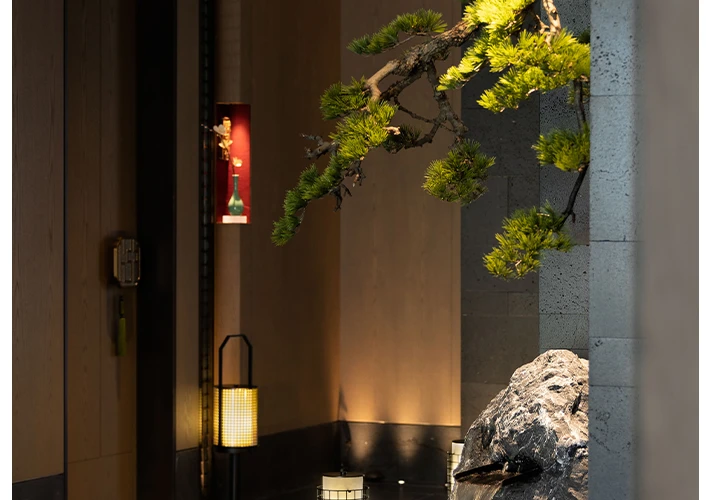
Contemporary British Design: Minimalism Meets Innovation
2.1 Modern Minimalist
Modern UK hotels, especially in urban centers like London, Manchester, and Edinburgh, favor minimalist design. These interiors prioritize functionality, clean lines, and a sleek finish. Common characteristics include:
- Neutral tones with bold accent colors
- Open-plan spaces with natural lighting
- Industrial elements like exposed concrete, steel, or brick
- Multifunctional furniture for space-saving
Materials such as glass, stainless steel, and high-pressure laminates are frequently used. The Hoxton Hotel chain is a prime example of this urban, minimalist aesthetic.
2.2 Scandinavian Influence
In recent years, Scandinavian decor has gained popularity in the UK. It emphasizes simplicity, light, and a connection with nature. Key features include:
- Light wood finishes (pine, birch)
- Soft textiles like wool and linen
- Functional, clean-lined furniture
- Muted pastel palettes
This style is commonly used in boutique hotels looking to create a cozy, “hygge” environment that appeals to younger travelers.
Boutique & Eclectic: Mixing Eras and Textures
3.1 Eclectic Style
Many independent and boutique hotels across the UK embrace eclectic design, combining multiple styles and influences to create unique, visually stimulating environments. These interiors often feature:
- Contrasting patterns and colors
- Vintage furniture mixed with modern art
- Statement lighting fixtures
- Localized art and crafts
This style allows hotel owners to reflect local culture or the hotel’s narrative, often used in cities with artistic communities like Brighton or Bristol.
3.2 Industrial Chic
Originally popularized by converted warehouses and lofts, the industrial chic aesthetic is now widely adopted in urban hotels. It features:
- Raw, unfinished surfaces (e.g., exposed brick, ductwork)
- Concrete flooring
- Metal-framed windows and partitions
- Vintage industrial furniture
Hotels such as The Ned in London combine industrial elements with luxury materials like leather and brass to balance ruggedness with elegance.
Regional and Cultural Influences
4.1 Scottish Heritage
In Scotland, hotels often incorporate elements of Scottish heritage, especially in the Highlands. Design features include:
- Tartan patterns in carpets, cushions, or throws
- Antler chandeliers or hunting lodge decor
- Stone fireplaces
- Dark woods like walnut or mahogany
Hotels such as Inverlochy Castle Hotel blend classic luxury with traditional Scottish themes, enhancing the regional identity.
4.2 Coastal & Seaside Themes
Hotels in coastal regions such as Cornwall, Devon, and Brighton often embrace nautical or coastal design elements, such as:
- Light, airy colors (whites, seafoam greens, sky blues)
- Natural textures like wicker, rattan, or driftwood
- Marine-inspired decor (anchors, shells, rope features)
- Large windows to maximize ocean views
This style aims to evoke relaxation and a connection to the sea, ideal for resorts and holiday destinations.
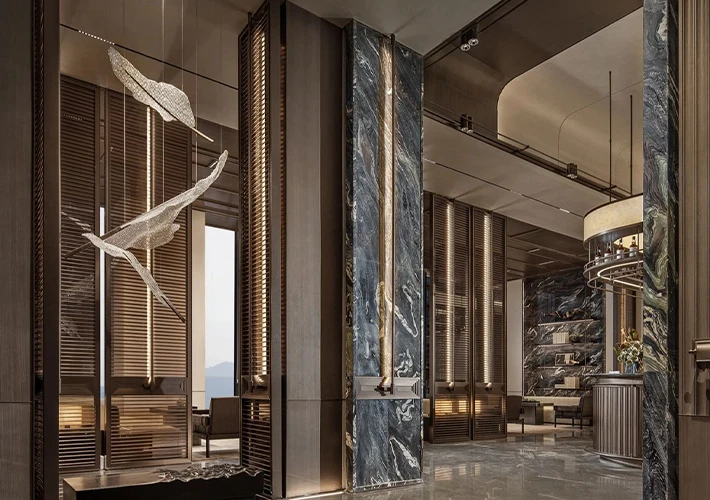
Sustainable and Eco-Friendly Trends
With increasing environmental awareness, many UK hotels are now adopting sustainable and eco-conscious design practices. This includes:
- Reclaimed wood and recycled materials
- Energy-efficient lighting and appliances
- Natural ventilation and insulation systems
- Non-toxic paints and finishes
- Eco-friendly wall paneling such as WPC, bamboo, or acoustic slat wood
Hotels like The Zetter Townhouse in London are leading examples of sustainable design combined with boutique aesthetics.
Use of Materials in UK Hotel Decoration
The choice of materials plays a vital role in UK hotel design. Common materials include:
| Material Type | Applications | Style Association |
|---|---|---|
| Hardwood (Oak, Walnut) | Flooring, paneling, furniture | Classic, Georgian, Scottish |
| Marble / Stone | Bathrooms, lobbies, fireplaces | Luxury, Contemporary |
| WPC Panels | Wall decoration, moisture-prone areas | Eco-modern |
| Acoustic Panels | Meeting rooms, corridors, lobbies | Modern, Boutique |
| PVC Marble Sheets | Bathrooms, feature walls | Cost-effective luxury |
| Velvet / Leather | Upholstery, headboards | Victorian, Boutique |
| Metal (Brass, Steel) | Fixtures, frames, decor | Industrial, Modern |
Future Trends in UK Hotel Interior Design
The hotel industry in the UK is constantly evolving, with several emerging trends shaping future decoration styles:
7.1 Biophilic Design
Emphasizing the connection between humans and nature, biophilic design is gaining ground. Expect to see:
- Indoor plants and green walls
- Natural light and ventilation
- Organic shapes and textures
7.2 Smart Rooms
Hotels are integrating technology for enhanced guest experiences. Interiors now include:
- Minimalist tech-integrated furniture
- Touch-free lighting and climate control
- Built-in USB ports and wireless charging
7.3 Personalized Experiences
Custom-designed interiors based on guest demographics or preferences, including:
- Art-centric themes for cultural travelers
- Fitness-focused rooms with gym flooring and mirrors
- Pet-friendly design elements
Conclusion
The decoration styles of hotels in the UK reflect a fascinating blend of heritage, regional flavor, modern minimalism, and future-forward thinking. From grand Victorian elegance to cozy Scandinavian charm, British hotels offer a diverse range of interiors that cater to both tradition and innovation. With the added focus on sustainability and technology, the future of UK hotel decoration promises to be as dynamic and inviting as its past.

